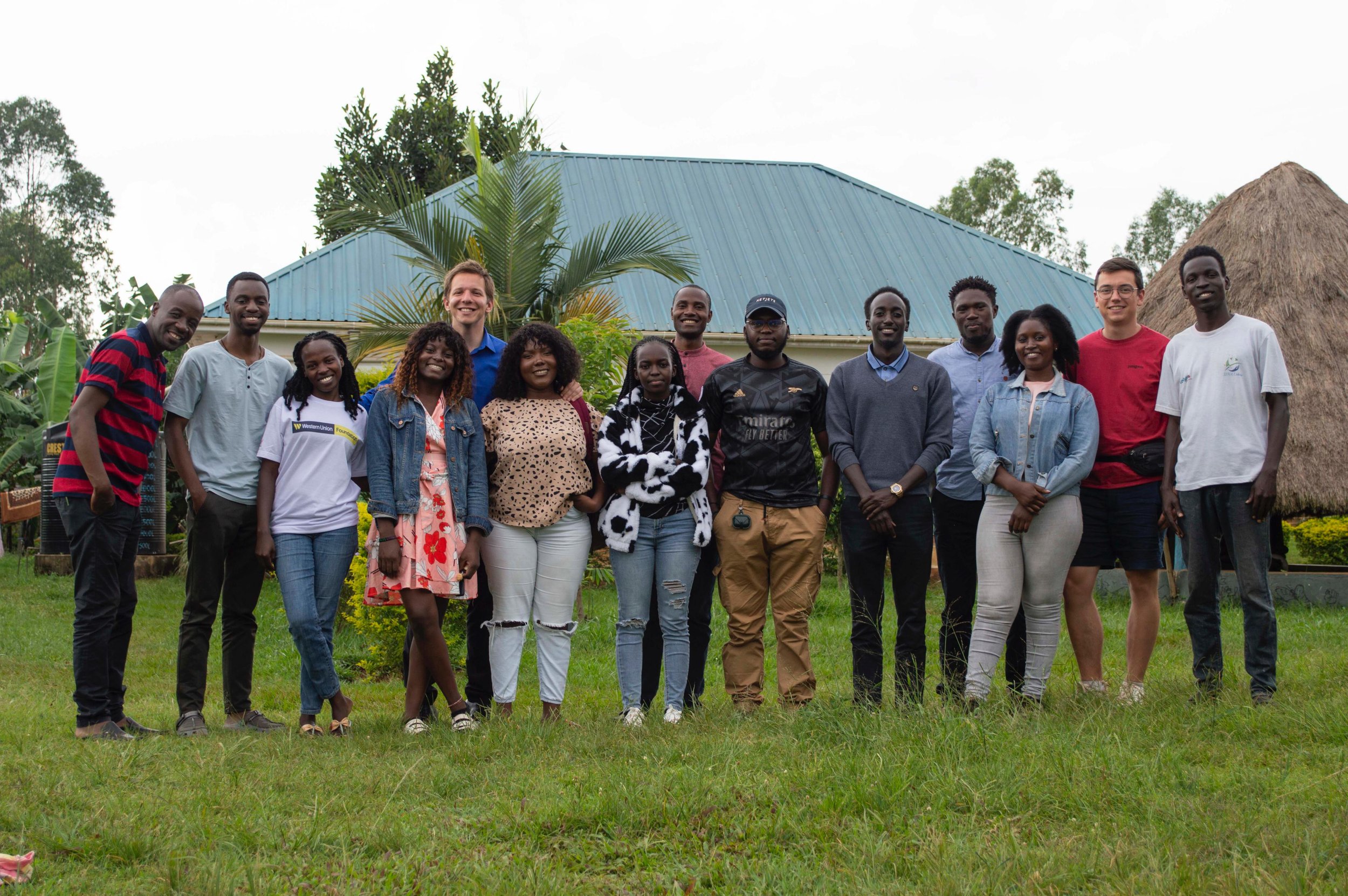
Mobilizing Capital
We develop new ways to mobilise Capital for Purpose.
We do this by re-engineering finance to be People- and Purpose-centric: investment instruments, investment decisions, capital pooling and asset management structures, collaboration and governance. Our approach centers around the following principles:
People- and Purpose-centric, no matter what.
Holistic understanding of capital, incl. especially non-financial forms of capital.
Innovation means making things better, not (re)inventing. We take inspiration from tried-and-tested solutions and adjust them to be People- and Purpose-centric.
The Purpose Pool
A lack of adequate funding mechanisms for SMEs in unserved markets leads to slow growth and business failure. There is an urgent need for an alternative funding paradigm: human-centered, focused on purpose, collaborative, inclusive, and regenerative.
The Purpose Pool model aims to close the investment gap for SMEs in underserved communities. We offer capacity building and capital allocated through a peer selected investment process and paid back on a revenue based financing method.
Our revolving fund reinvests all paybacks and is financially self-sustainable after an initial capital investment.
We aim to make the Purpose Pool a replicable funding model and roll it out with partners as an open-source technology to provide access to finance to SMEs globally.
The Purpose Pool aims to close the financing gap for social enterprises in underserved markets.
The SINA Purpose Pool
The SINA Purpose Pool is providing access to patient capital for alumni of the SINA Social Innovation Academy. By placing the social entrepreneur and their mission at the heart of every investment, we ensure that the impact extends beyond individual companies to entire communities. With a combination of investment readiness training, patient capital and business development support, portfolio companies scaled their impact while increasing their revenue.
Fund-as-a-Service
FaaS is a platform that operates as a communitarian fund infrastructure.
Setting up finance activities is complex and costly, with great legal, governance systems and process complexity, and significant initial fixed cost. These hurdles mean that critical mass of a fund is typically around USD10m+ and 12-15+ investments, way beyond what an NGO can initially mobilise in terms of funding and dealflow. This means that a lot of impactful and viable businesses get unfunded, simply because there is no structure from which to invest and where to hold the investment.
FaaS is a platform operating with the following features:
Rentable
“Rentable” asset-holding space on a cooperatively owned and governed balance sheet
Pay-as-you-go
Pay-as-you-go, with access to required services: accounting, custodian, legal, audit, reporting, etc
Separate
Each “fund” is a compartment on the balance sheet, legally a separate share class, which allows to both “ringfence” all assets and risks, but share running and structure cost.


